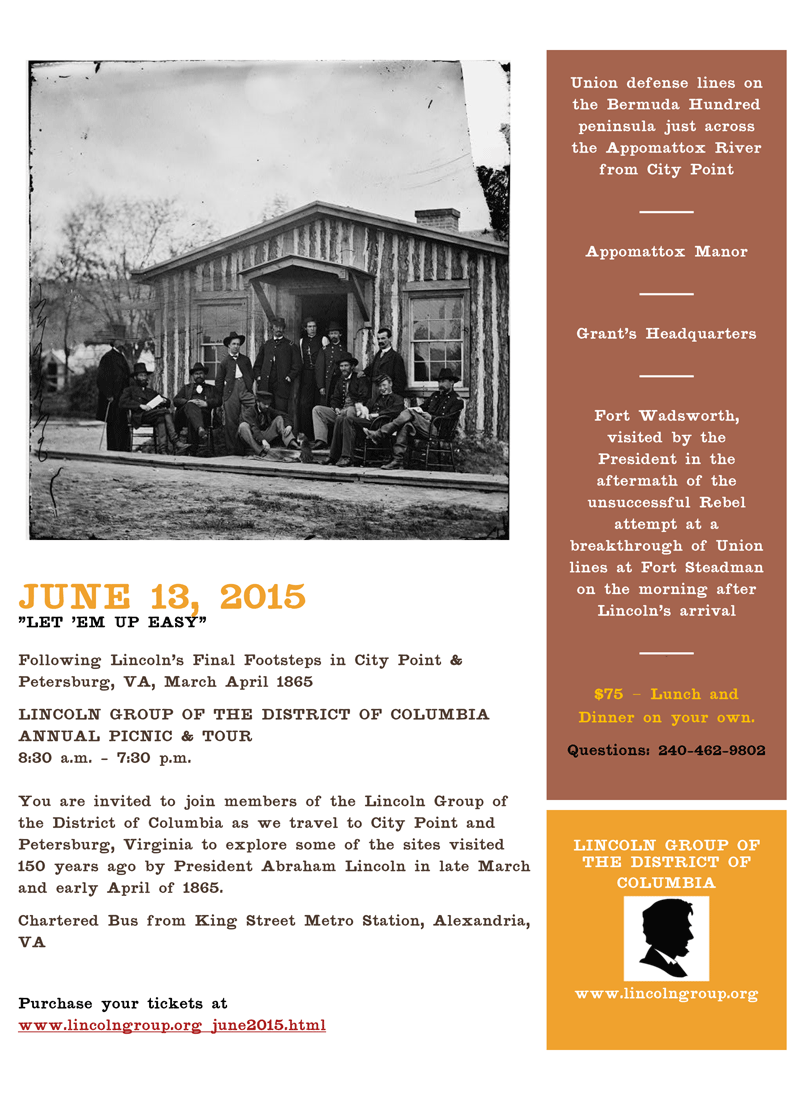No, this isn’t the name of some bizarre new Chinese opera or dance troupe, it’s a mashup of two new posts on The Dake Page and Hot White Snow. The former has a book review of The People’s Republic of China Chemicals; the latter a response to a microfiction writing prompt. Excerpts are below with links to the full originals.
 Book Review: The People’s Republic of
Book Review: The People’s Republic of China Chemicals by William J. Kelly and Chip Jacobs (The Dake Page)
An important book, poorly written. The People’s Republic of China Chemicals purports to reveal how the offshoring of American manufacturing to China helped China become the most polluted country on the planet. It does achieve that goal, though perhaps in spite of itself. While the title suggests a discussion on chemicals, the vast preponderance of the book is focused on the massive air pollution problems in China. This isn’t surprising given the authors’ previous collaboration, a book about the smoggy days of Los Angeles.
The early chapters provide some historical background on China’s dynastic rule and frequent invasions by the Japanese, the British, and others, as well as its own political infighting. Their overly rosy characterization of Mao’s various attempts to control everything once he and the communists took over is somewhat naïve – or at the very least, incomplete – but they generally capture the essence of how China came to set itself up as the world’s factory. The authors’ explanation of how entry into the World Trade Organization (WTO) and various bilateral and multilateral trade agreements spurred the rapid growth of industry and economy, while perhaps overly rancorous, is well done.
In short, the book documents through rapid-fire detail and personal anecdote the rise of Chinese manufacturing and with it the extraordinary increase in coal-based pollution. The authors relate how bad the air pollution has become, and the subterfuge of the Chinese government to deny its existence even as giant screens in Tiananmen Square broadcast barely visible images of splendid panoramic vistas through the gritty air.
[Continue reading on The Dake Page]
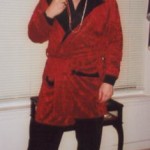 The Puppet Suit (Hot White Snow)
The Puppet Suit (Hot White Snow)
“Well, you clean up nice.”
Apparently she had never seen him in a suit before. But here he was, dressed up like some Wall Street tycoon in hopes of making an impression. Unfortunately, the interview hadn’t gone as well as the suit made him look. It was fine until the interviewer pulled out the puppets. Not what he expected for an investment firm, for sure. When the guy started using the puppets to explain how his firm and other “too-big-to-fail” firms had manipulated the global financial meltdown and still took multi-million dollar bonuses…
I walked out.
[See the original and the writing prompt this is response to on Hot White Snow]
Also watch for my new book on Thomas Edison. A companion to Tesla: The Wizard of Electricity, EDISON is due out in early 2016 from Sterling Publishing.
David J. Kent has been a scientist for over thirty years, is an avid science traveler, and an independent Abraham Lincoln historian. He is the author of Tesla: The Wizard of Electricity and the e-book Nikola Tesla: Renewable Energy Ahead of Its Time. He is currently writing a book on Thomas Edison.
Follow me by subscribing by email on the home page. And feel free to “Like” my Facebook author’s page and connect on LinkedIn. Share with your friends using the buttons below.



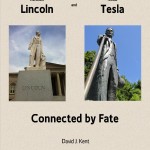 As I’ve mentioned before,
As I’ve mentioned before, 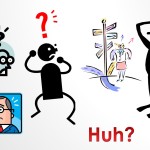 Last week we took a look at how climate scientists can communicate the science to policy-makers, so today in Part 3 we’ll look at how scientists can communicate directly with the public. Together these are a three-part series on how to
Last week we took a look at how climate scientists can communicate the science to policy-makers, so today in Part 3 we’ll look at how scientists can communicate directly with the public. Together these are a three-part series on how to 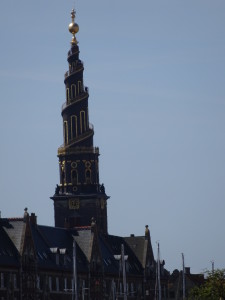
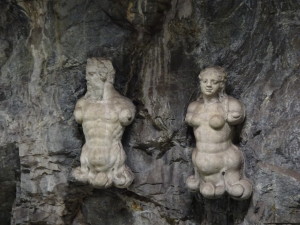
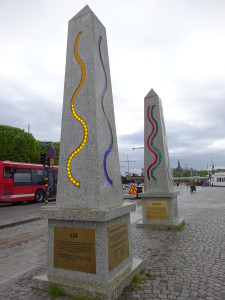
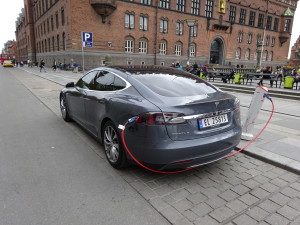
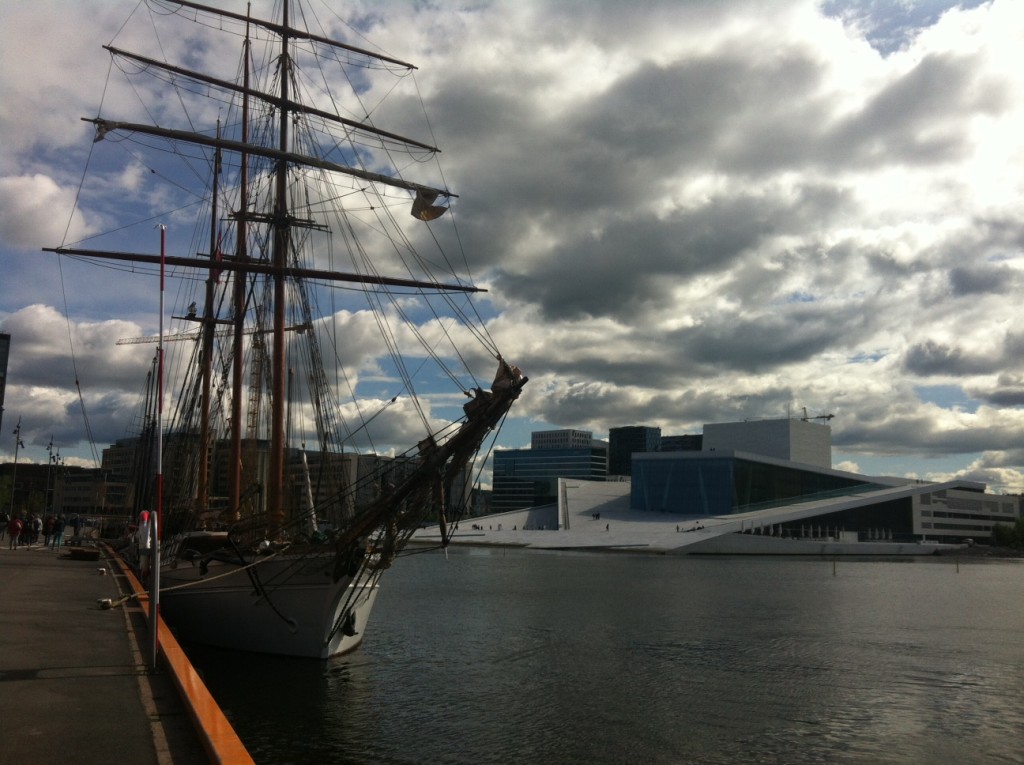
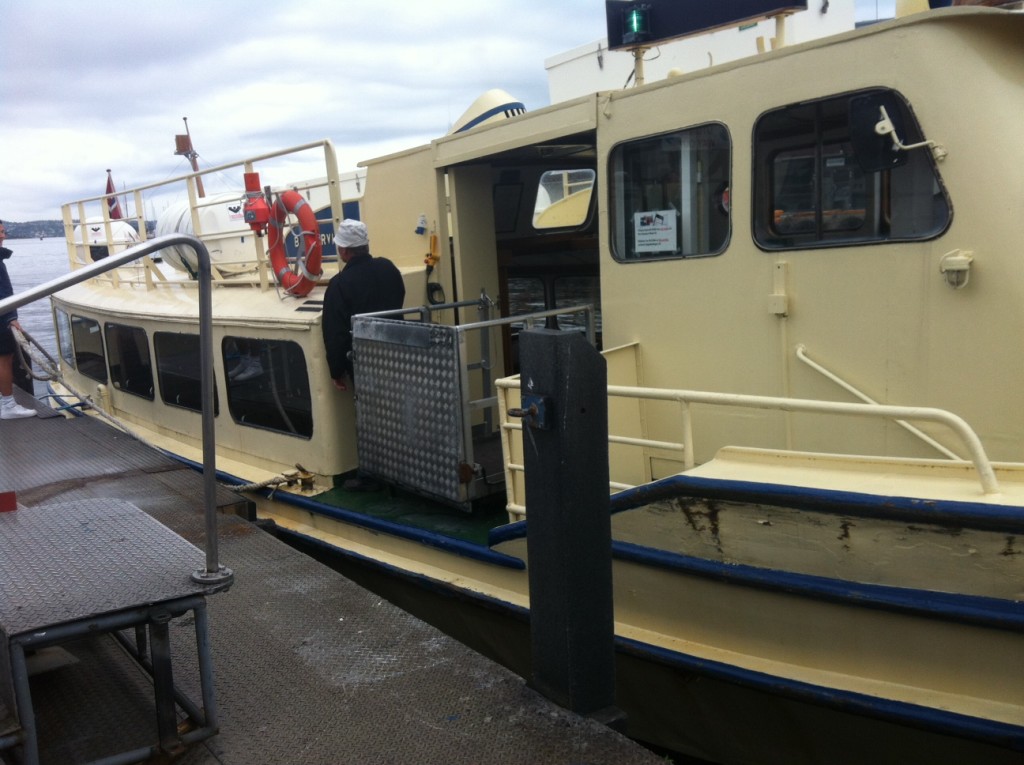
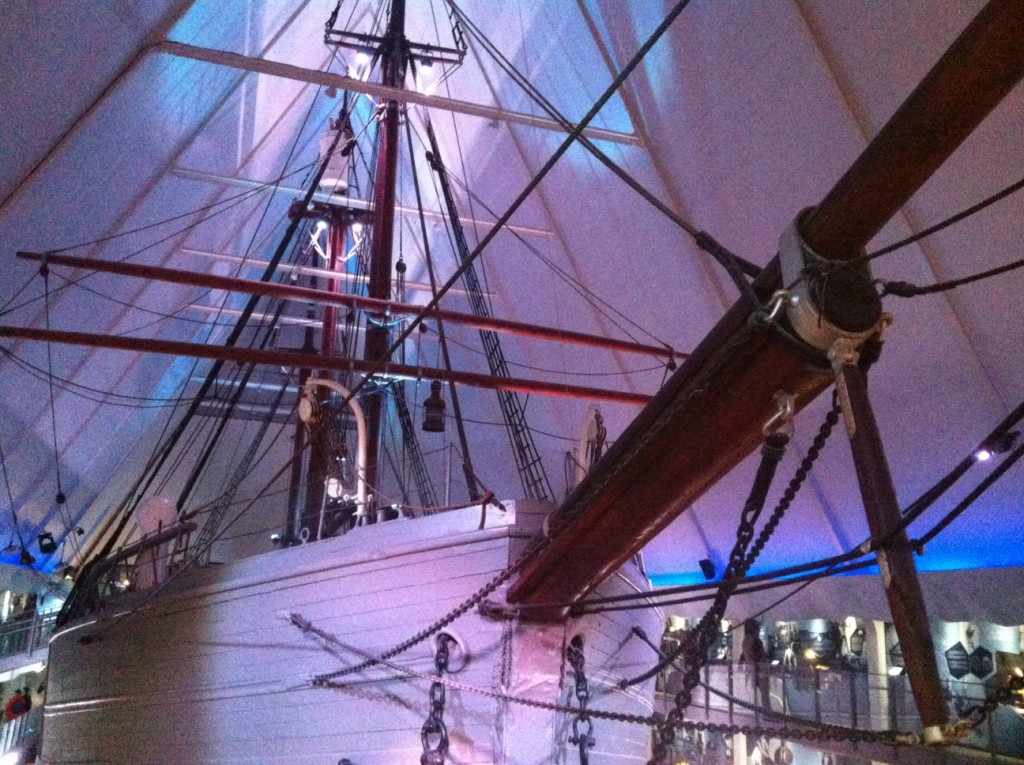

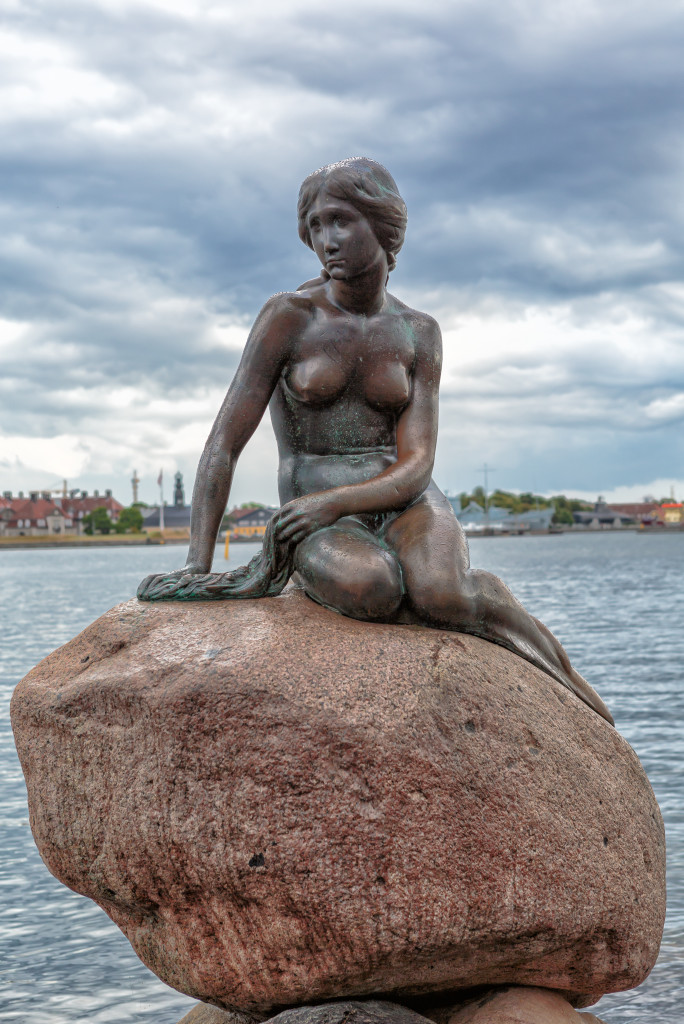
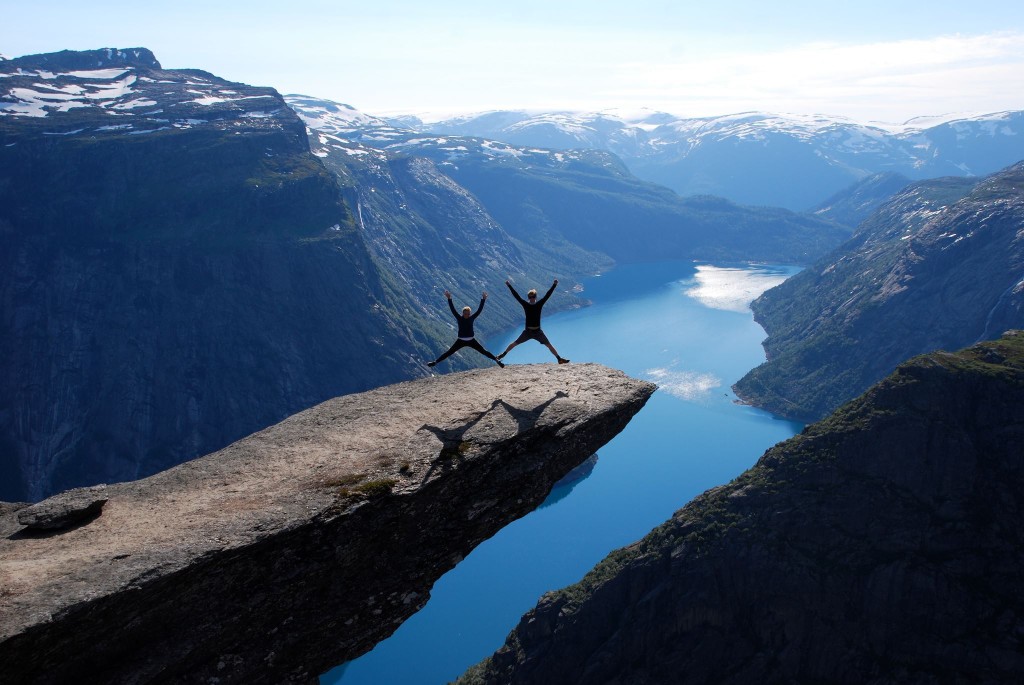
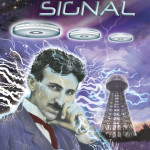 As a writer it’s always interesting to read other people’s writing, especially when they are people I know. Of course, interesting could mean either good or bad depending on the quality of the writing, but it seems I’ve been lucky because the books I’ve read by friends and acquaintances have been wonderful. That includes works by
As a writer it’s always interesting to read other people’s writing, especially when they are people I know. Of course, interesting could mean either good or bad depending on the quality of the writing, but it seems I’ve been lucky because the books I’ve read by friends and acquaintances have been wonderful. That includes works by 